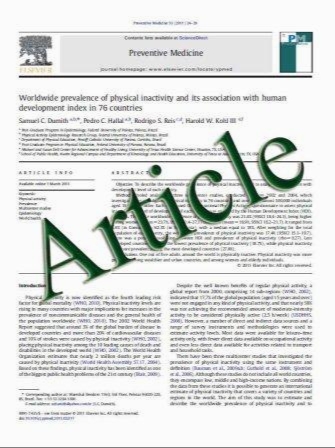Severity of vertebral fracture and risk of hip fracture: a nested case–control study
- نوع فایل : کتاب
- زبان : انگلیسی
- مؤلف : V. Puisto & M. Heliِvaara & O. Impivaara & T. Jalanko & H. Krِger & P. Knekt & A. Aromaa & H. Rissanen & I. Helenius
- چاپ و سال / کشور: 2010
Description
Summary Severe vertebral fractures strongly predicted subsequent hip fracture in this population-based study. Such high-risk patients should be provided with clinical evaluation and care for osteoporosis. Introduction Vertebral fractures are commonly osteoporotic and known to predict hip fracture. The aim of this study was to evaluate associations between the severity of vertebral fractures and the risk of subsequent hip fracture. Methods Chest radiographs were obtained of 7,095 Finnish men and women aged 30 years or over in the Mini-Finland Health Survey in 1978–1980. Record linkage to the National Hospital Discharge Register identified 182 subjects from the survey who had subsequently been hospitalized for primary treatment of hip fracture by the end of 1994. A nested case– control setting was adopted, where three controls individually matched for age, gender, and place of residence were drawn for 169 subjects with hip fracture from the same cohort. Baseline vertebral fractures were identified at levels T3 to T12, and their morphology was categorized to mild,moderate, or severe according to Genant's classification. Results Severe vertebral fracture (>40% reduction in vertebral body height) strongly predicted hip fracture. After controlling for education, physical activity, smoking, alcohol consumption, and self-rated general health, the adjusted relative odds was 12.06 (95% confidence interval, 3.80–38.26). Mild to moderate fracture grades and the number of compressed vertebral bodies showed no prediction for hip fracture. Conclusions The presence of a severe vertebral fracture in the thoracic spine strongly predicts subsequent hip fracture. Such high-risk patients should be clinically evaluated and provided with care for osteoporosis and measures to reduce the risk of falling as required.
Osteoporos Int (2011) 22:63–68 DOI 10.1007/s00198-010-1195-4 Received: 25 August 2009 / Accepted: 14 January 2010 / Published online: 27 February 2010


